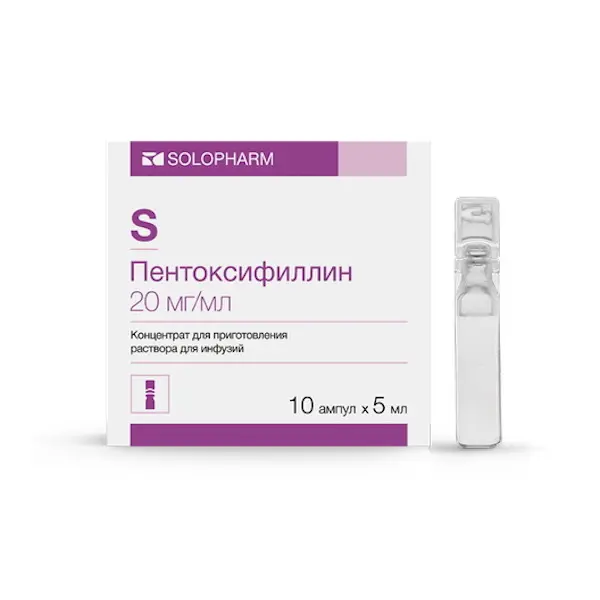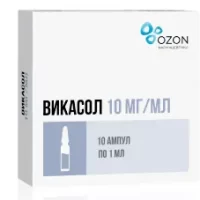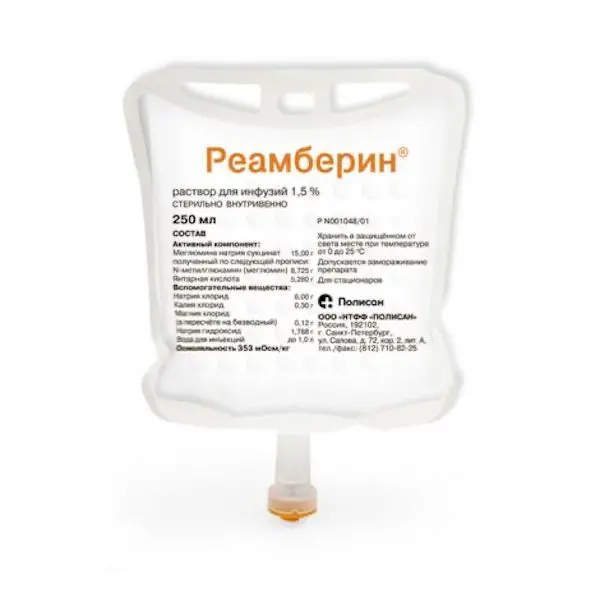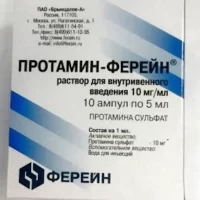Description
Pentoxifylline Pharmacodynamics
Pentoxifylline is a derivative of xanthine. It improves microcirculation and rheological properties of blood. Mechanism of action is associated with inhibition of phosphodiesterase and increasing of cyclic 3,5-adenosine monophosphate (3,5-AMP) in platelets and adenosine triphosphate (ATP) in red blood cells with simultaneous saturation of energy potential, which in turn leads to vasodilation, reduction of total peripheral vascular resistance, increase of systolic and minute blood volume without significant change in heart rate.
By dilating the coronary arteries, it increases oxygen delivery to the myocardium (minor antianginal effect), pulmonary vessels – improves blood oxygenation.
When administered intravenously, it leads to enhancement of collateral circulation, increases the volume of blood flowing through the unit section.
Reduces blood viscosity, causes platelet disaggregation, increases the elasticity of red blood cells (due to the effect on pathologically altered red blood cell deformability). Improves microcirculation in the areas of impaired circulation.
In occlusive lesions of peripheral arteries (intermittent claudication), leads to prolongation of walking distance, elimination of night cramps of the calf muscles and pain at rest.
Indications
– Peripheral circulatory disorders on the background of atherosclerotic, diabetic and inflammatory processes (including intermittent claudication caused by atherosclerosis, diabetic angiopathy and obliterating endarteritis);
– Tissue trophic disorders due to arterial and venous microcirculation disorders (varicose ulcers, gangrene, frostbites);
– Angioneuropathies (paresthesias, acrocyanosis, Raynaud’s disease);
– Acute and chronic cerebral circulatory disorders of ischemic type (including cerebral atherosclerosis);
– conditions after hemorrhagic or ischemic stroke;
– circulatory disorders in the blood vessels of the eye (acute and chronic insufficiency of blood supply to the retina and vasculature of the eye)
– Middle ear dysfunction of vascular genesis, accompanied by hearing loss.
Contraindications
– Hypersensitivity to pentoxifylline or other xanthine derivatives or to any excipient of the drug;
– Severe coronary or cerebral atherosclerosis;
– Recent myocardial infarction;
– hemodynamically significant cardiac rhythm disturbances;
– uncontrolled arterial hypotension;
– massive bleeding (risk of increased bleeding);
– extensive retinal hemorrhage (risk of increased bleeding);
– cerebral hemorrhage;
– Gastric and duodenal ulcer;
– disorders of the clotting system;
– age under 18 years (efficacy and safety have not been established).
Dosage and administration method
- Intravenously and intraarterially.
- During infusion the patient should be in supine position.
- The drug is administered intravenously by drip slowly in a dose of 100 mg in 250-500 ml of 0.9% sodium chloride solution or Ringer’s solution (duration of infusion – 90-180 minutes). 100 mg of pentoxifylline should be administered intravenously for at least 60 minutes. The daily dose when administered intravenously may be increased to a maximum of 300 mg/day.
- Intra-arterially – first in a dose of 100 mg in 20-50 ml of 0.9% sodium chloride solution, and on subsequent days – 200-300 mg in 30-50 ml of 0.9% sodium chloride solution (infusion rate – 10 mg/min).
- In marked atherosclerosis of cerebral vessels the drug should not be injected into the carotid artery.
- Patients with chronic renal insufficiency (creatinine clearance less than 30 ml/min) are prescribed 50-70% of the usual dose.
- In elderly patients a dose reduction may be required (increased bioavailability and decreased excretion rate).
- Dose reduction, taking into account individual tolerability, is necessary in patients with severe hepatic impairment.
- The administered dose should be reduced in patients with low and unstable blood pressure.





